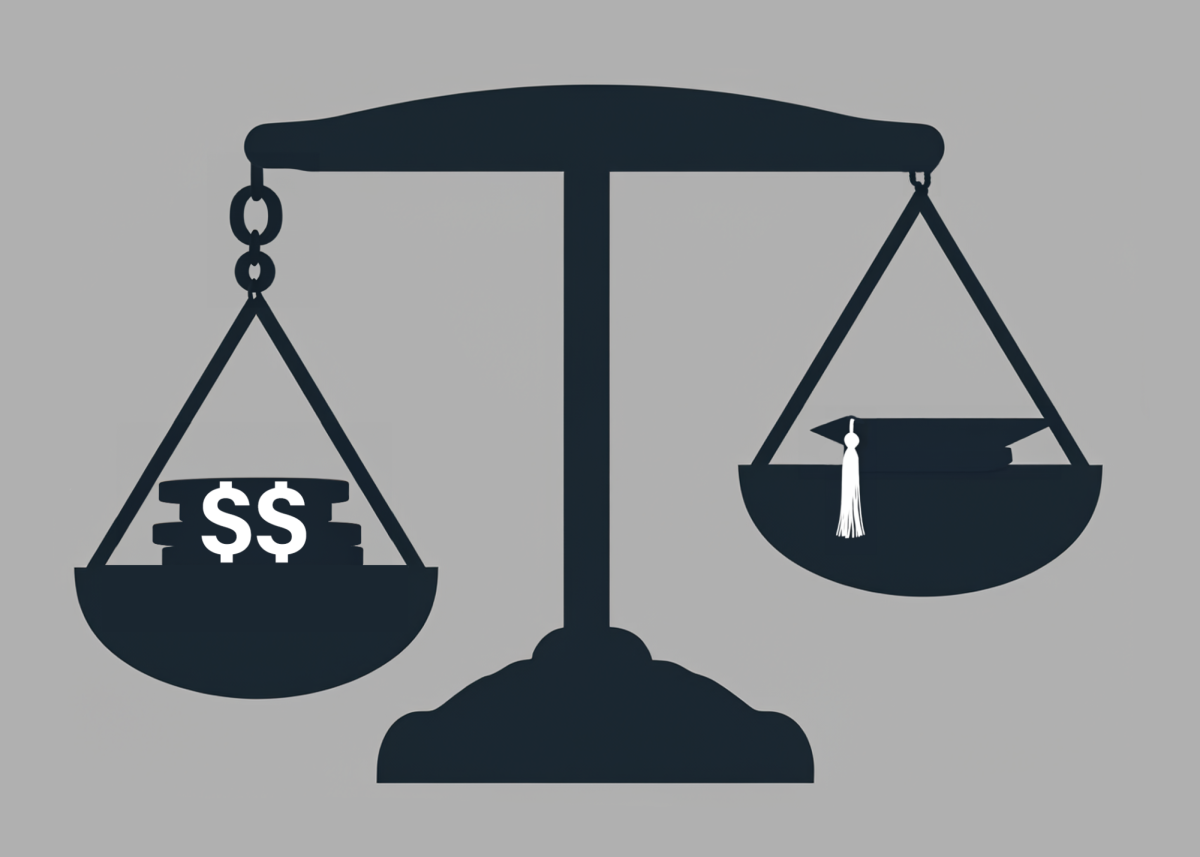By Cameron M. Bray ’16
THE ROUNDUP
Throughout the history of the United States, private industry and capitalism have been two key factors that have played major parts in dictating the growth of the nation.
After the Civil War, industrialization boomed–private industry began to climb to its apex.
Large businesses, such as mining conglomerates and railroad tycoons, arose as inventors and innovators developed new technologies and techniques.
Inevitably, a few colossi, like Andrew Carnegie, made their fortunes in industry.
The majority of Americans, however, consisted of the working classes who generally suffered from unsafe working conditions and paltry wages.
To fix the latter issue, Congress passed the Fair Labor Standards Act in 1938—Congress had previously attempted this with the National Industrial Recovery Act, but the Supreme Court deemed it unconstitutional in 1935.
The Act set the federal minimum wage at 25 cents an hour, or $4.10 in 2012 dollars, according to the U.S. Bureau of Labor.
Currently, the federal minimum wage sits at $7.25.
The Fair Minimum Wage Act wrote this into law, and as of July 24, 2009, the federal minimum wage has not changed.
Many would like it to, however—myself included.
Already, 19 states have minimum wages higher than the federal minimum.
Additionally, 62 percent of Americans support raising the minimum wage, according to a poll taken by The Huffington Post.
So why has Congress, to borrow a phrase from Julius Caesar, been as immovable as the northern star?
Well, firstly, opponents argue that a higher minimum wage will kill jobs and strain corporations.
The first is true: The Congressional Budget Office estimates that a half million jobs would be lost by 2016 should the minimum wage be raised to $10.10 an hour.
This is truly a downside, but it does come with an upside,
The Congressional Budget Office also estimates that 16.5 million workers would see their wages rise with 900,000 climbing out of poverty.
Currently, the poverty line for an average family of three sits at an income of $19,530 a year, according to the Office of the Assistant Secretary for Planning and Evaluation.
About 46.5 million U.S. citizens, or 15 percent of the total population, are living at or below the poverty line, according to a 2013 report from the U.S. Census Bureau.
At the current federal level, someone who works 40 hours a week—a full-time job—earns $15,080 a year, more than $3,000 below the poverty line.
How are we comfortable with this difference?
Second, the belief that raising the minimum wage would make it harder for businesses to hire new workers is a fallacy.
If this were true as some purport it to be, why do 85 percent of small businesses, according to U.S. News & World Report, pay wages higher than the federal minimum?
Truly, that notion is false, and the benefits of higher minimum wage heavily outweigh the drawbacks.
A higher minimum wage will benefit impoverished workers without severally damaging businesses























